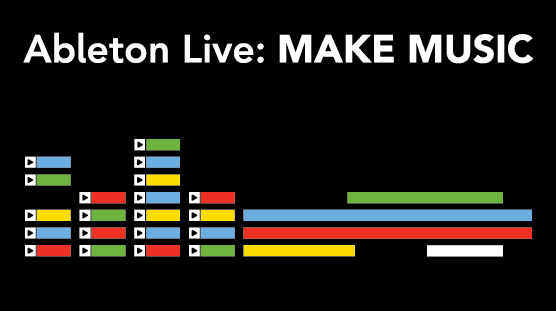
In this tutorial Ableton Certified trainer, Timo Preece, explores ways to make your compositions in Ableton Live more interesting using asymmetry, polyrhythms and layering different meters.
It’s no secret that one of the essential keys to producing innovative, forward thinking art is to break away from norms and think outside the box. With that in mind, I’m invariably searching for enthralling ways to keep material from sounding monotonous, stagnate and overtly redundant. Although there are numerous creative methods for transforming sounds over time, I’ll share several tips that I’ve uncovered based on asymmetry, layering meters and polyrhythms.
Symmetry Vs. Asymmetry
According to Google, symmetry is “the quality of being made up of exactly similar parts facing each other or around an axis.” Asymmetry is defined as the “lack of equality or equivalence between parts or aspects of something.”
With these particular qualities in mind, I’ll start with a very uncomplicated but efficient way of creating looped material that is varied and diverse simply because of the way the parts scarcely line up.
For this example, my goal is to keep the main groove consistent so that it’s not steering too away from the hook but at the same time seldom repeats. As the anchor, I’ve written a typical 4×4 kick/snare pattern while the supporting percussion parts shift between symmetric and asymmetric alignment.
Symmetric loop placement is the norm and easily accomplished by setting the clip’s loop brackets to evenly numbered beats and bars. This will result in material that plays over and over exactly the same every loop iteration. In the example below the brackets are set to two beats.
By way of comparison, to make the material seem less repetitive and create odd phrase lengths, I’ve shifted the loop brackets to an uneven loop length for both percussion parts. As demonstrated in the screenshot and audio example below, the material repeats in a much less predictable manner once the loop brackets are set to an asymmetric value.
Quarter note plus one sixteenth note asymmetric loop length.
Polymeter Madness and Beyond
Much of the world’s traditional music makes use of polyrhythms including Sub-Saharan Africa, which happens to have some of the most complex, grooviest jams on the planet. Respected artists such as Aphex Twin, Autechre, Plaid, The Chemical Brothers, Deadmau5, and many others make blatant and/or subtle use of polyrhythmic material for experimental electronic music and dance floor hits alike.
But what are polyrhythms?
Polyrhythms are the result of simultaneously incorporating two or more contrasting rhythms that are not simple incarnations of the same meter. They are built from subdivisions that are not evenly divisible nor divide into whole numbers. The resulting combinations create entrancing hocketing patterns that are anything less than square and straightforward.
As basic examples, I’ve programmed 3:2 and 2:3 polyrhythms into Ableton Live.
